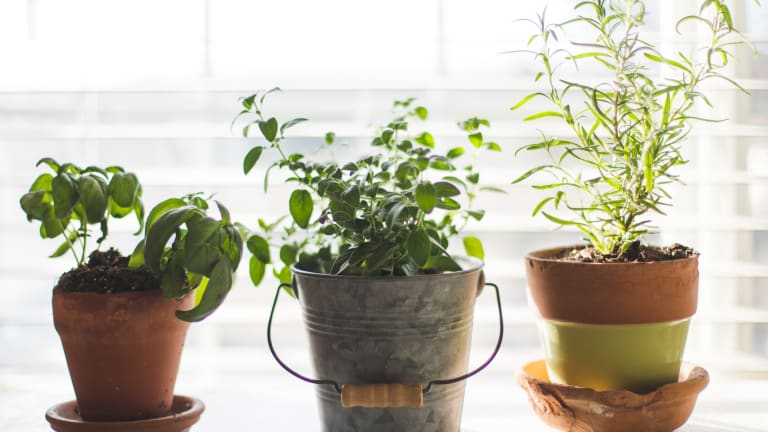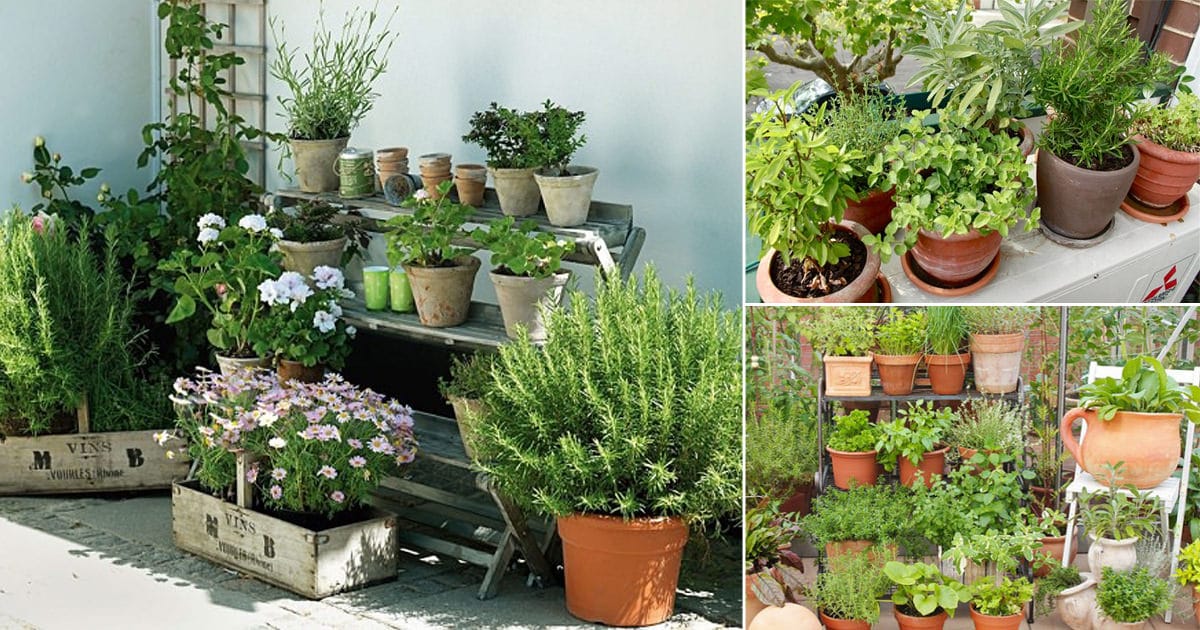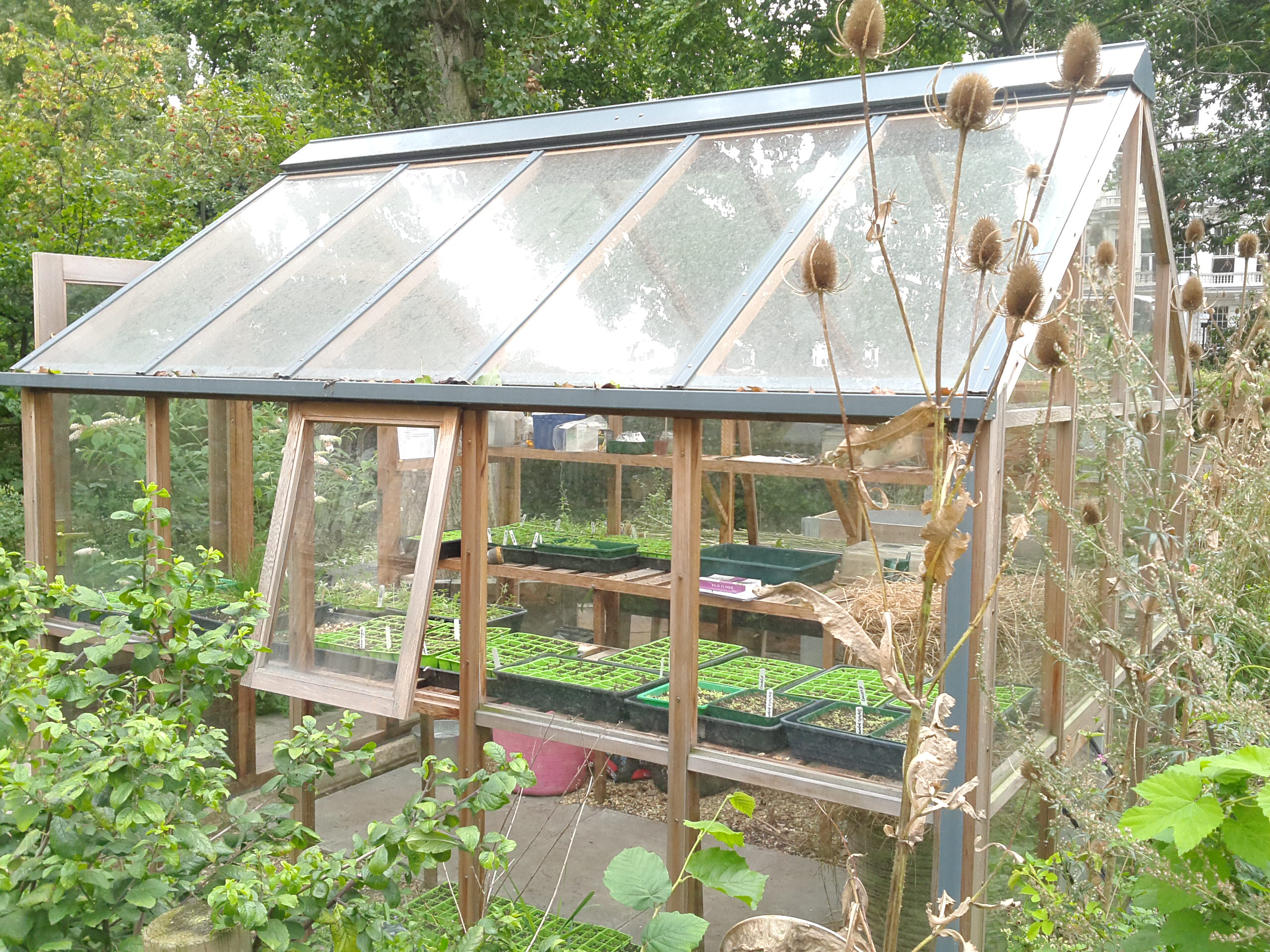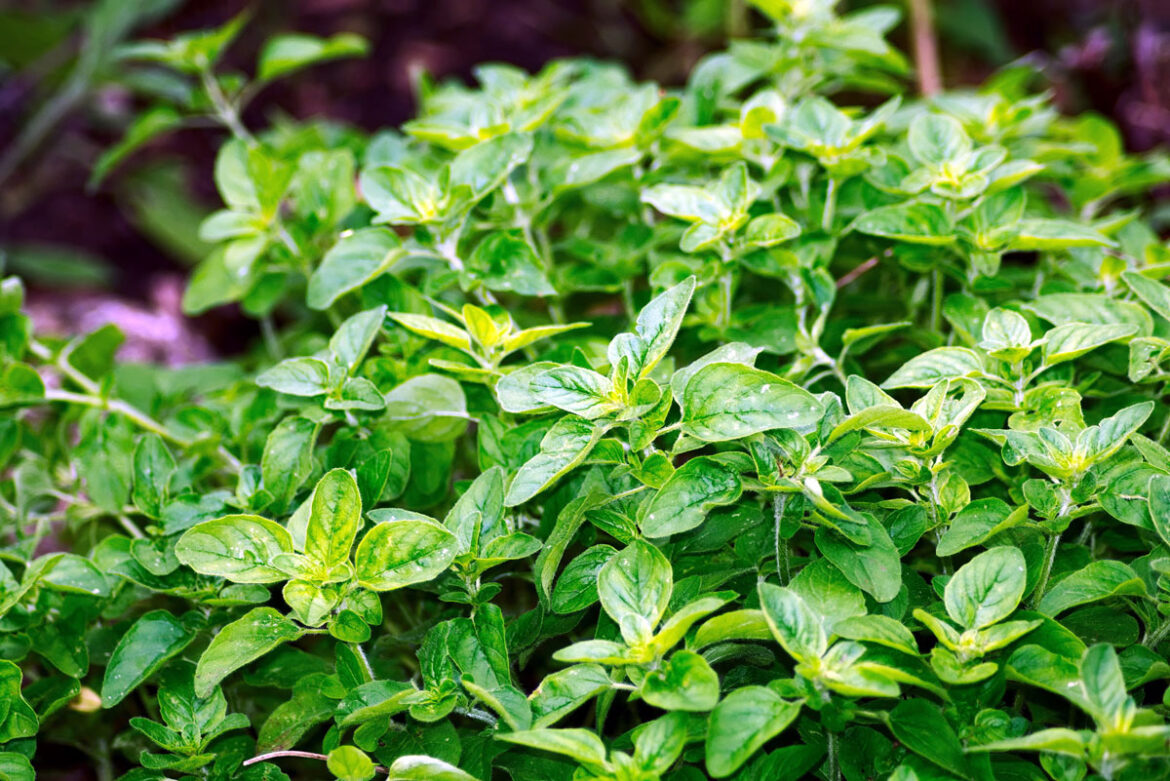Can you have your vegetable garden if you live in an apartment with little space? Yes, you can! Growing vegetables in containers are the answer for gardeners who don’t have room for a home garden. Consider your balcony, windowsill, patio, or even a bright, sunny corner in your living room. These are all potential locations for creating your indoor vegetable garden.
Vegetable gardening in a container is becoming popular not only because it now allows apartment dwellers to have their piece of green space. Even gardeners with outdoor gardens are taking up container gardening for the following reasons:
a) Moveability makes it easy to organize plants
b) Effective control of the spread of diseases among different plants.
c) Ability to personalize your small garden with a variety of containers
d) No need to restore the lawn if the plants do not work
These are just some of the reasons that encourage garden owners to get started with container gardening. No matter if you have your vegetable garden in a container indoors or outdoors, there are some golden rules for growing vegetables in containers that will help you improve your success rate in vegetable gardening.
Golden rules for growing vegetables in containers

1. Choosing a container
Before you go shopping for garden supplies, ask yourself – what kind of vegetables I want to plant? If you’re going to grow, you will also better understand what kind of containers to buy. If you’re going for large plants, you’ll need larger, deeper containers that allow for strong roots development.
Generally, it is recommended that you use larger containers for vegetable gardening. It would be best if you considered both the diameter and depth of the box. For robust and healthy vegetable plants, deep containers are needed because there will be more room for the roots to develop a strong base. The material the pots and boxes are made of is not so important. Plastic, terra cotta, and wooden planters are all suitable for growing vegetables. Just keep in mind that size and depth are more important.
If you want to grow vegetables like peppers, tomatoes, spinach, zucchini, lettuce, and cucumbers, a 3-5 gallon container will do. Larger 15-gallon containers will need for the larger plants.
2. Location of your container.
The availability of sunlight is an important consideration when it comes to placing your container vegetable plants. Make sure your vegetable plants get enough sunlight if you want healthy plants and a good harvest. Most vegetable plants, especially beans, peppers, and tomatoes, need about 6 to 8 hours of sunlight daily.
The location of your containers plays an essential role in the survival of your vegetable plants. In addition to sunlight, you should also consider whether the area is windy. Strong winds tend to dry out plants; therefore, you should avoid placing your container plants in windy locations. If you cannot avoid strong winds, you can create a windbreak around your vegetable plants to protect them.
Adequate space between containers is just as important as good air circulation for your plants. When placing the containers, make sure that the taller plants do not shade the shorter ones. This way, all your plants will have an equal opportunity to be exposed to sunlight.
3. Choosing soil type.
Using the right type of soil, your vegetable plants will lay a good foundation for strong growth. Heavy potting soil or garden soil is not suitable for growing vegetables in containers. A better choice would be a container mix that can hold moisture better and withstand compaction. You may also consider making your compost with the addition of manure. This is probably a better option than buying ready-made garden soil from the nursery.
When choosing soil, also consider the type of vegetable. Potatoes prefer rich, loamy soil, while carrots prefer sandier, more free-draining compost.

4. Watering.
Container plants tend to absorb more heat, so they often need a lot of water. It would help if you watered your container vegetable plants regularly to prevent them from drying out. Keep this in mind when placing your containers. Easily accessible watering points make it easier to water regularly.
How do you know if your plant has enough water? First and foremost, you need to determine the moisture content of the soil. Your container plants should not have soaking wet soil, as this can lead to rotting roots. Use the finger test to determine the moisture content of the soil. Dip your index finger into the soil. If the soil feels hard and dry, you should water your plants. If the surface, or just below the surface of the ground, feels moist, you can water your plants the next day.
If you don’t want to use the finger test, you can purchase a soil moisture meter to do the job. This is a more accurate approach than the finger test to measure soil moisture.
5. Add fertilizer.
Because container plants need water often, fertilizer will also dilute more quickly. You should feed your container plants fertilizer twice as often. That way, your plants are assured of a healthy supply of fertilizer for healthy and robust growth.
By growing vegetables in containers at home, you can enjoy fresh, homegrown vegetables at any time. There is nothing like the satisfaction of enjoying the fruits of your labor and sharing them with your loved ones. Growing vegetables indoors is such a pleasure when you have the know-how and tips to produce a bountiful harvest.



